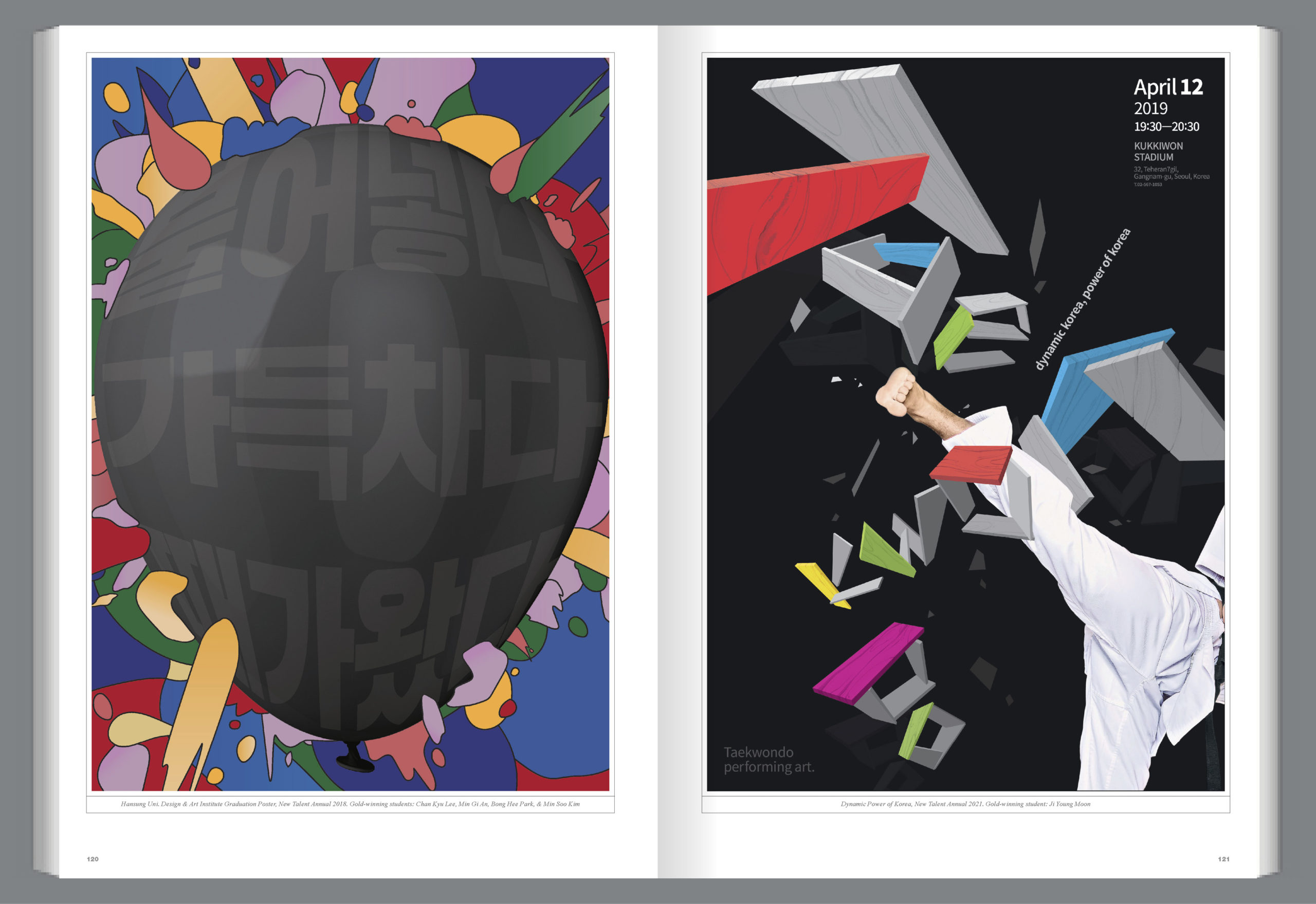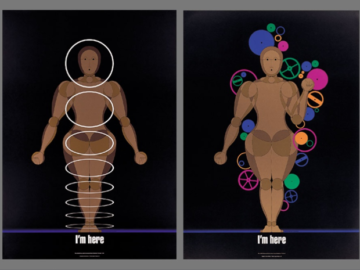We’re featuring not one but two great design teachers in today’s post!
Dong-Joo Park was born in South Korea in 1979. She is a graphic designer based in Seoul, and is head of the department at Hansung University’s Design & Arts Institute. She received a MFA in visual communication design at Ewha Woman’s University, then worked as a marketing director for KT&G affiliate Youngjin Corporation as well as Ilshin New Drug Corporation’s advertising department. She has won awards such as four Graphis New Talent Annual Platinums, an IDA Awards Gold, and a Creativity International Design Awards Silver. Most recently, she was a judge for the Korea, China, and Japan Illustration Contest.
Her teaching partner, Seung-Min Han, was born in South Korea in 1976 and is a graphic designer, illustrator, visual artist, and educator based in Seoul. He received a MFA at Kookmin University in South Korea and a BA in visual communication at KvB Institute of Technology, and is a professor at Hansung University’s Design & Arts Institute. He’s been awarded more than forty prizes, including ten Silver, two Gold, and four New Talent Annual Platinums from Graphis. He’s had twenty solo exhibitions and more than sixty selected exhibitions, and served as an editorial committee member of the Asia-Pacific Design No. 12 in Guangzhou, China. Most recently, he also was a judge for the Korea, China, and Japan Illustration Contest.
Over the course of their partnership, these two professors have consistently produced outstanding results both in regards to their own work and their students’ work. For example, the Gold-winning “Dynamic Power” (below, right) by student Ji Young Moon captures the energy of taekwondo by depicting the traditional board breaking technique while incorporating South Korea’s colors. In doing so, Moon ties the energy of the martial art to the country, helping promote South Korea as energetic and powerful.






